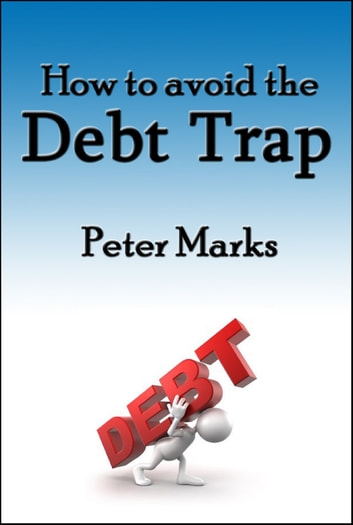Catalogues for Bad Credit: Strategies to Avoid Debt Traps
Having bad credit can make it challenging to access credit and financing options. Catalogues, however, offer a potential solution for those with less-than-perfect credit. While catalogues can be a useful tool for rebuilding credit, they also come with risks, especially when not managed properly. In this blog post, we will explore strategies to avoid debt traps when using catalogues for bad credit. Responsible borrowing and careful financial planning are essential to prevent falling into a debt cycle that can further damage credit scores and financial stability.
Understanding Catalogues and Bad Credit
Catalogues are a form of shopping that allows consumers to purchase goods and products on credit. They offer credit lines specifically designed for individuals with bad credit or limited credit history. Unlike traditional credit cards, catalogues often have more lenient credit requirements, making them accessible to a broader range of consumers. When used responsibly, catalogues can help improve credit scores by demonstrating responsible borrowing behavior to credit bureaus.
The Risks of Debt Traps
Debt traps are situations in which borrowers accumulate debt beyond their ability to repay. For bad credit customers, this can be especially problematic, as higher interest rates and fees may apply to their catalogues. Falling into a debt trap can lead to missed payments, increased debt, and a downward spiral of financial instability. It is essential to recognize the risks of debt traps and take proactive steps to avoid them.
Responsible Borrowing
Responsible borrowing is the cornerstone of managing finances effectively, especially for bad credit users. When using catalogues, it is crucial to only borrow what can be comfortably repaid within the designated time frame. Responsible borrowing not only avoids debt traps but also helps build positive credit history over time.
Setting a Budget
One of the most effective ways to avoid debt traps is by setting a budget and adhering to it. Creating a monthly budget that outlines income, essential expenses, and discretionary spending can provide a clear understanding of available funds for catalogue purchases. It is essential to allocate a reasonable portion of the budget for catalogue payments, ensuring affordability.
Choosing the Right Catalogue
Not all catalogues are created equal, and it is vital to choose the right one for bad credit users. When evaluating catalogues, consider factors such as interest rates, fees, credit limits, and payment terms. Opt for catalogues that offer reasonable terms and conditions, as well as affordable repayment options.
Understanding Catalogue Fees
Before using a catalogue, it is crucial to understand the various fees associated with the credit facility. Common fees include annual fees, late payment fees, and processing fees. By being aware of these charges, borrowers can avoid unnecessary expenses and make informed decisions about their catalogue usage.
Monitoring Credit Utilization
Credit utilization, the ratio of credit used to credit available, plays a significant role in credit scores. Keeping credit utilization low is crucial for maintaining a positive credit profile. For bad credit customers, it is essential to use catalogues sparingly and avoid maxing out credit limits, as this can negatively impact credit scores.
Avoiding Impulse Purchases
Impulse purchases can quickly add up and lead to unplanned debt. Bad credit users should exercise discipline and avoid impulsive spending with catalogues. Before making a purchase, consider if the item is a necessity and if it fits within the budget. Delaying non-essential purchases can prevent unnecessary debt.
Utilizing Payment Plans
Many catalogues offer payment plans that allow customers to spread the cost of purchases over several months. These payment plans can be helpful for managing cash flow and avoiding large one-time payments. However, it is essential to review the terms of the payment plan, including interest rates and any additional fees.
Avoiding Multiple Catalogue Accounts
Opening multiple catalogue accounts can increase the risk of falling into debt traps. Each account comes with its own credit limit and payment obligations, making it challenging to manage multiple accounts simultaneously. Instead, focus on building a positive credit history with one or two catalogues and maintaining timely payments.
Seeking Professional Financial Advice
For individuals with bad credit, seeking professional financial advice can be invaluable. Credit counselors or financial advisors can offer personalized guidance on managing finances, improving credit scores, and avoiding debt traps. Working with a professional can provide valuable insights and strategies tailored to individual financial situations.
Conclusion
Catalogues can be a valuable tool for bad credit users looking to rebuild their credit. However, responsible borrowing and financial planning are essential to avoid debt traps and ensure positive credit outcomes. By setting a budget, understanding catalogue fees, and making informed decisions, bad credit customers can navigate the world of catalogues responsibly and build financial confidence for a better future. Remember, every financial decision matters, and taking control of credit utilization can make a significant difference in one’s credit journey.
